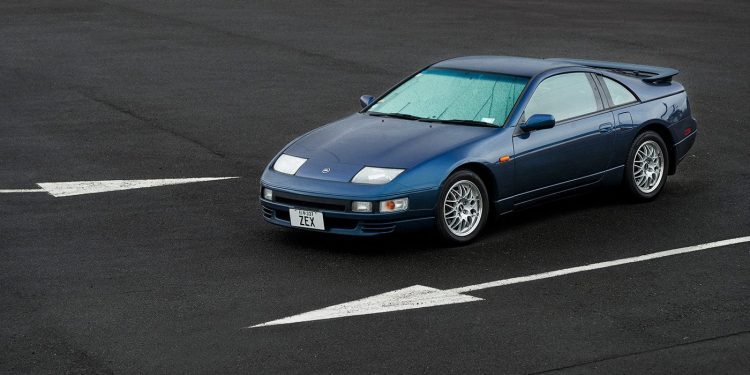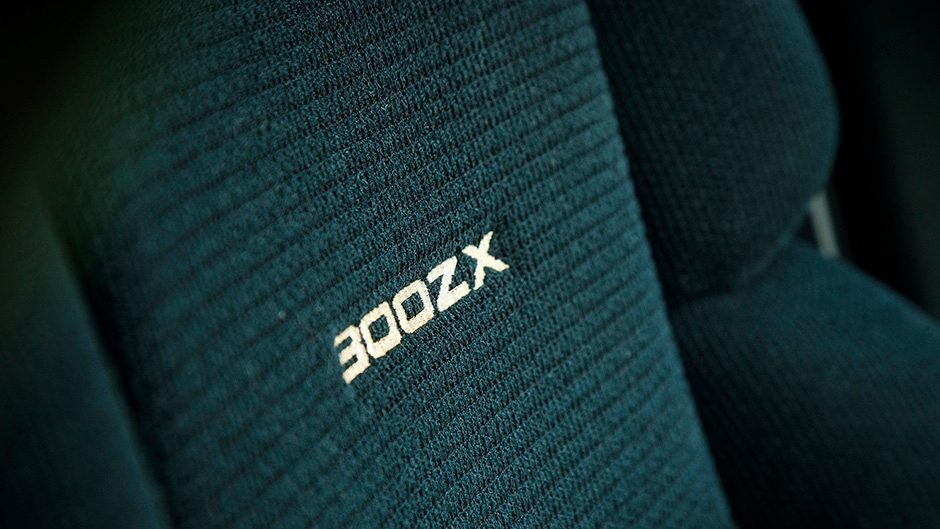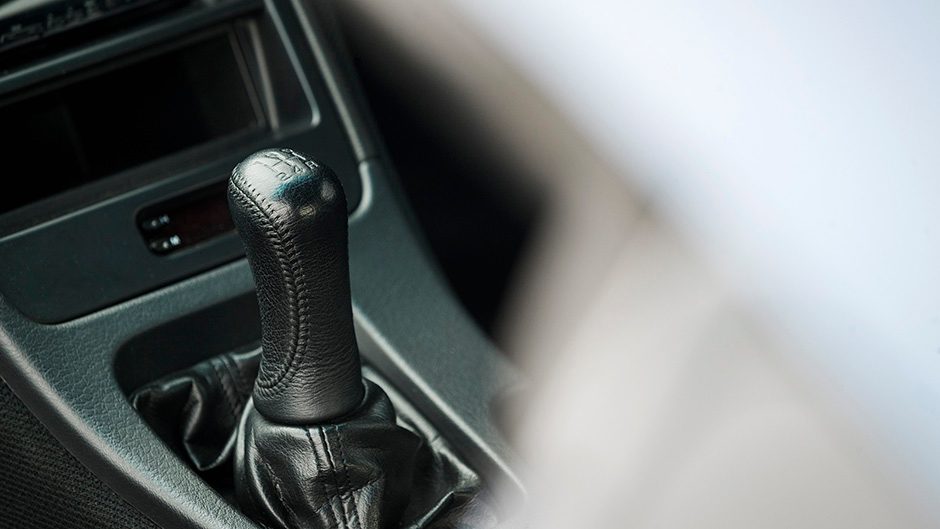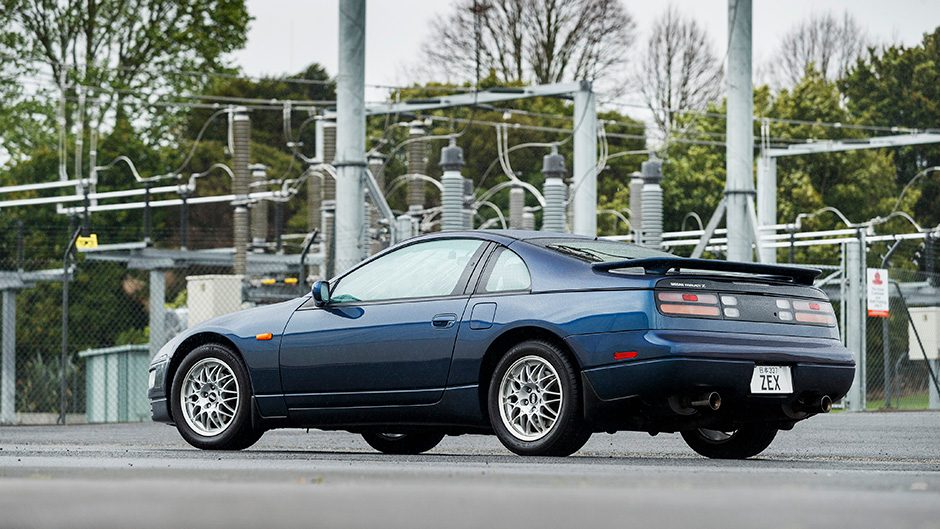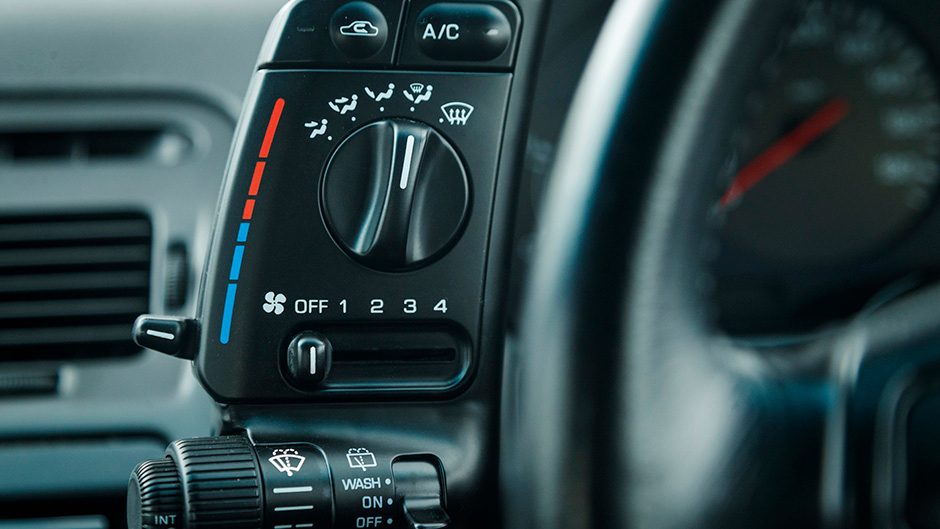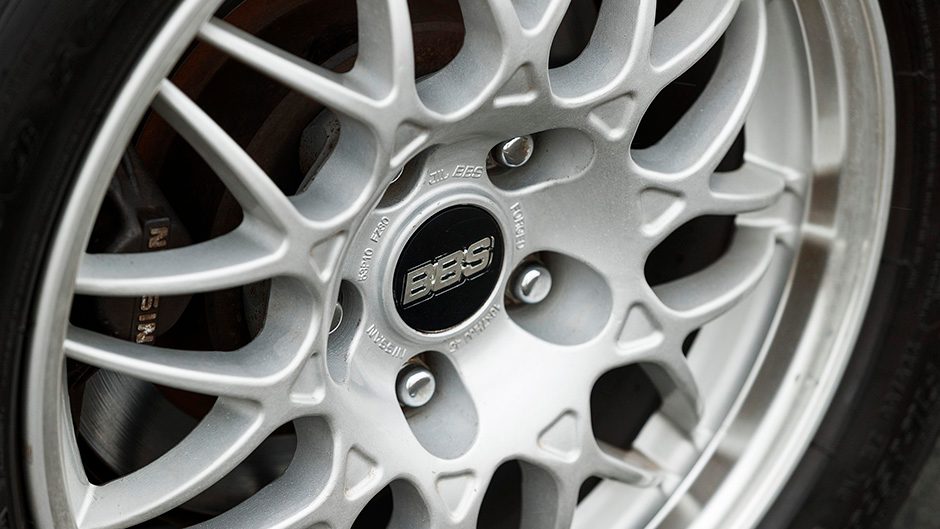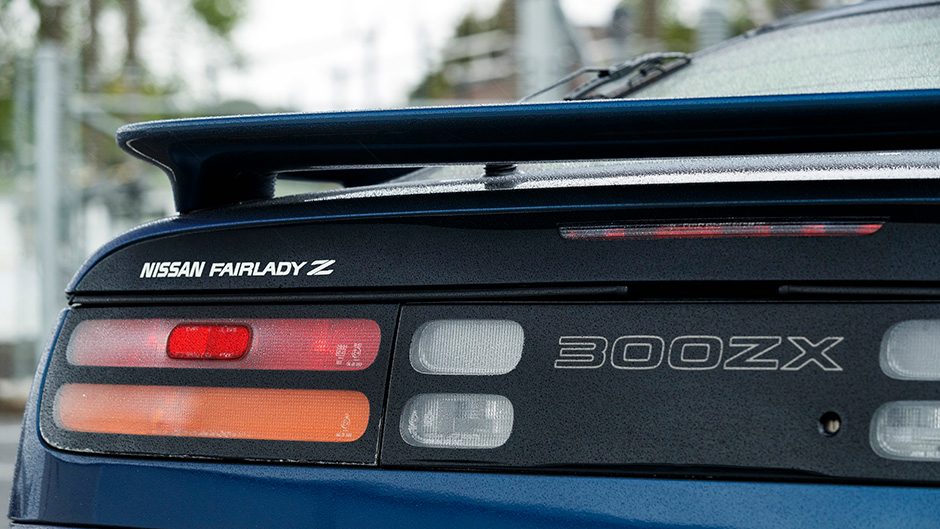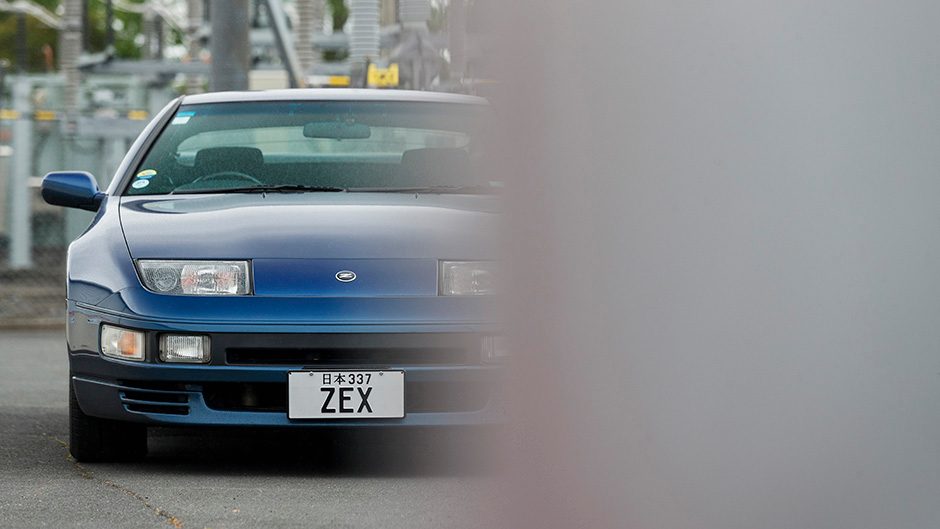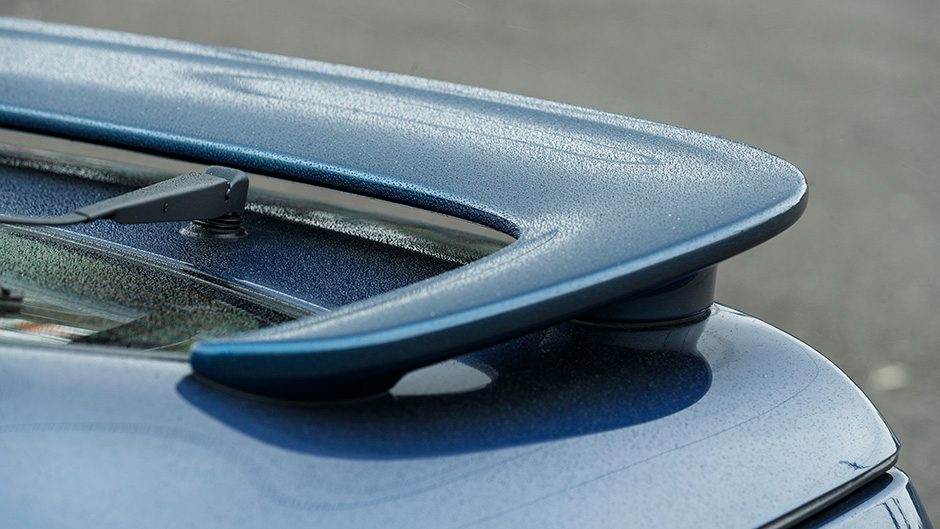1995 Nissan Fairlady 300ZX
Words Kyle Cassidy | Photos Tom Gasnier
Nissan is re-stoking the zed fire with the recent reveal of the Z Proto. Here we look back on an ancestor, the Z32 300ZX.
Nissan’s Z cars trace their roots back to the early 60s and the Datsun Fairlady roadsters. These plucky little sports cars followed the British lightweight formula, powered by engines of modest capacity. By the 70s, Datsun was keen to hit the big time, introducing the six-cylinder 240Z, which sold well in the US. However, its success in this lucrative market led to subsequent models becoming more lavish and flabbier. The first 300ZX, the Z31, was based on the bones of the old 280 but introduced a new V6 engine. The styling was pure eighties, more angular than curvy, but surprisingly efficient through the air with a Cd factor of 0.30. Still it was hardly a sports car, more a sporty-looking coupe.
Come the dawn of the 90s, and Nissan management wanted to lead the world in automotive tech. And so the new Z was to recapture the spirit of the 240; the head of Nissan wanted the company’s products to deliver driver involvement. While early development dabbled with the possibility of a mid-engined car, as suggested by the MID4 concept car (see sidebar), the 300ZX would stick with the front-engine, rear-wheel drive layout as this would help Nissan please existing customers; the 2+2 versions of the previous Z cars had sold well.
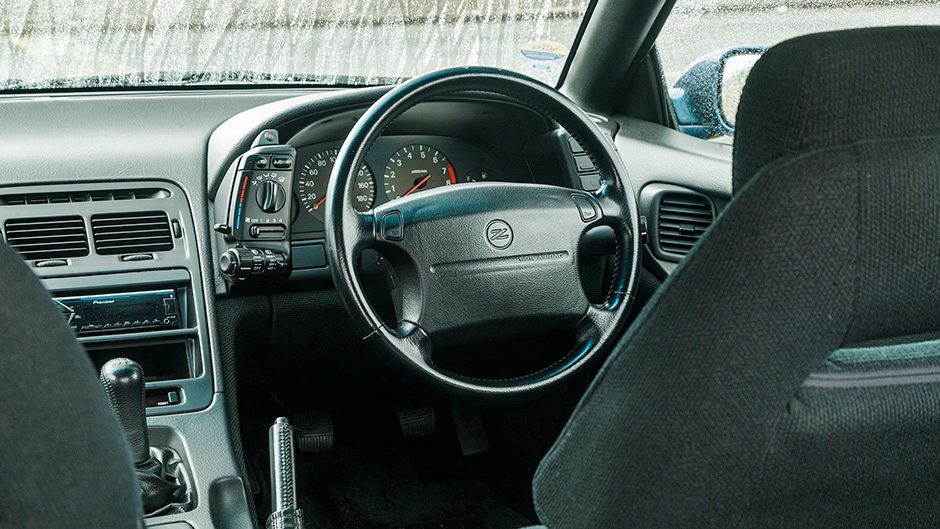
The chassis was more rigid than the one it replaced, but was also heavier. Such rigidity was deemed necessary to gain the full benefit of the new suspension. The rear used a diagonal A-arm multilink set-up to help maintain ideal geometry and avoid toe angle changes. There wasn’t enough room up front for a traditional wishbone design, so Nissan adapted a three-link set-up utilising lower wishbones. One of the new technologies introduced on Turbo models was HICAS rear-wheel steer. This added a degree of steering angle to the rears when cornering at higher speeds, first with a countersteering action to induce a swifter turn-in, then pointing them in the same direction as the fronts to improve stability. The power steering itself was speed sensitive, while a twin valve arrangement in the hydraulic system was said to provide more consistent assistance. The brakes benefitted from electronic ABS, and traction from a viscous coupling LSD.
Its V6 was a development of the engine before it, but the Z32’s VG30DE was a more sophisticated unit. The 60-degree V6 still had an iron block and alloy heads but to facilitate revs, Nissan added double overhead cams and four valves per. Low-end tractability was aided by variable valve timing to reduce overlap at low engine speeds. A direct ignition system had a coil sited on every spark plug. In naturally aspirated guise, it was good for 169kW and 273Nm. With a Garret turbo bolted to the cast iron exhaust manifold on each side of the engine, and with a pair of intercoolers, the torque output blossomed to 388Nm at 3600rpm, though ultimate power was stymied by the Japanese car makers’ gentleman’s agreement to cap output at 206kW.
To please both the desire to make a genuine sportscar and feed customer demand, the 300ZX was offered as a short wheelbase, two seater, as well as a 2+2, which had a 120mm longer wheelbase measuring 2570mm. Depending on the market, Nissan offered various combinations of engine and body style, including a T-top roof, and both a four-speed auto and a five-speed manual. In 1992, a convertible was released, based on the two-seater chassis, but with the naturally aspirated engine only.
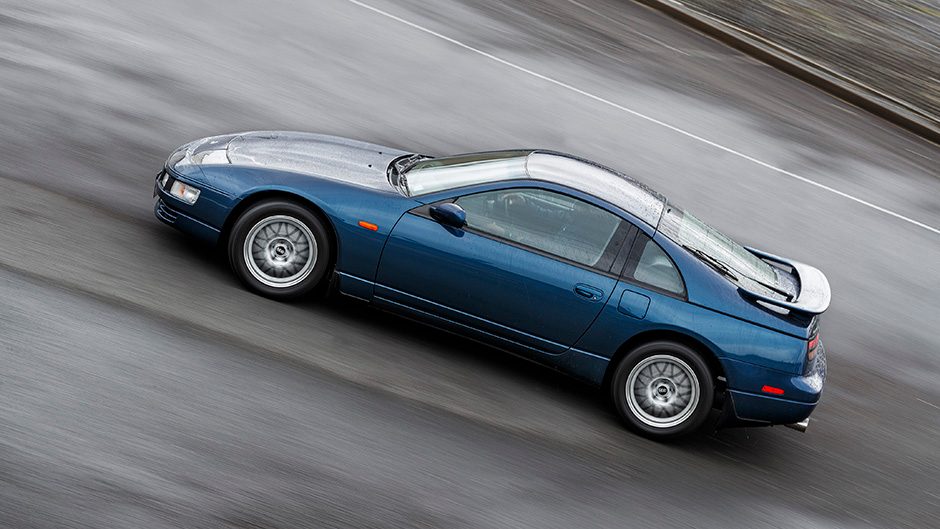
The pick of them is the hardtop (or ‘slicktop’) SWB with the twin turbo and five-speed manual combination. In JDM spec, they weighed around 1500kg, not exactly light, but could attain 100km/h in around five and a half seconds. While the 300ZX was expensive for a Nissan at the time, it was as quick as the Ferrari 348, yet cost half as much. Production ran from 1989 to 2000, with just over 164,000 cars made.
What we have here is a 1995 Japanese spec, twin-turbo hardtop. While cars in other markets only wore the 300ZX badge, the JDM models also carried the Fairlady Z nameplate, and have a Z on their nose rather than a Nissan badge.
The owner of this example has had it for about three years. It was acquired as part of a deal on another car, and was a fresh import at the time. The story goes that the owner was looking for interesting cars to buy, and wandering around a showroom saw an original, black-plated RX-7 coated in dust, and he just had to inspect it. Said RX-7 had been bought at an auction ten years prior, a one-owner car that had been languishing in the back of the showroom for the best part of a decade. The RX-7 wasn’t for sale as such but after a month of badgering, the dealer said if he bought another car from his yard, he’d part with the RX-7 as well. And so the other car ended up being this 300ZX.
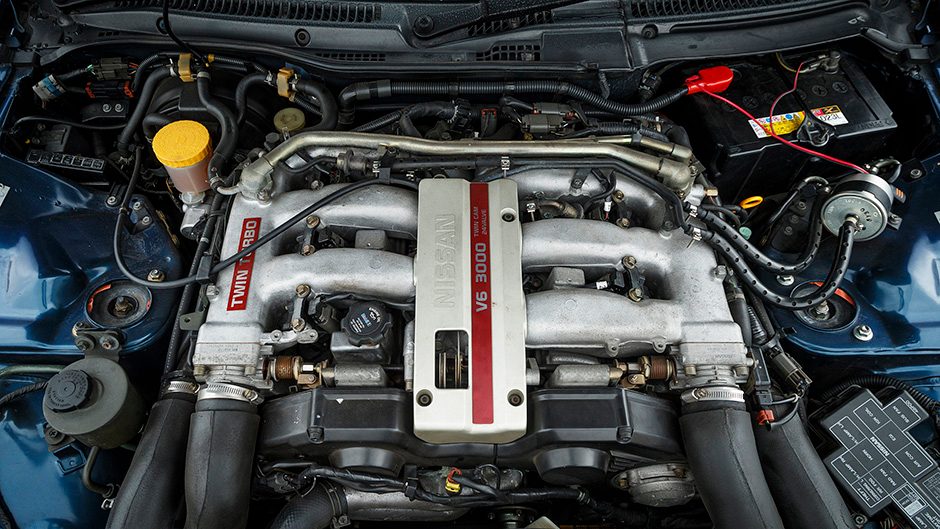
The owner says he always had a hankering for one, as he had owned various 200SX models from new in the past. He said the 300ZX, being $100k plus when new, were out of his price range at the time. The owner thinks the 300ZX is one of the period’s most underrated cars. He says finding a short wheelbase, twin-turbo manual is a hard task, and an example that is unmolested, as he puts it, is harder still. This car has a complete Nissan service history from new, and is still as it should be, the BBS alloys and sports exhaust being factory options.
He said he paid good money for it at the time, but that the values are starting to rise significantly. Not all 300s are equal, he notes, as the 2+2 naturally aspirated autos are $5k cars; there’s a large disparity between them. These two seaters are the rarest, and he notes that the later models have electronic four-wheel steer where originally it was an hydraulic system. He says it’s a similar set-up to the GT-R’s but, as he points to his R33 GT-R parked next to the ZX in the garage, we can see the wheelbase is shorter. He says the ZX is a nimble handler, but ‘a bit leery too’.
And we can concur after a brief squirt on a wet road. The turbocharged V6 has a nice uptick in surge as the boost comes in around the 3500rpm mark, which is enough to easily spin the rears in the lower gears. As the owner says, you have to drive it with a bit of respect.
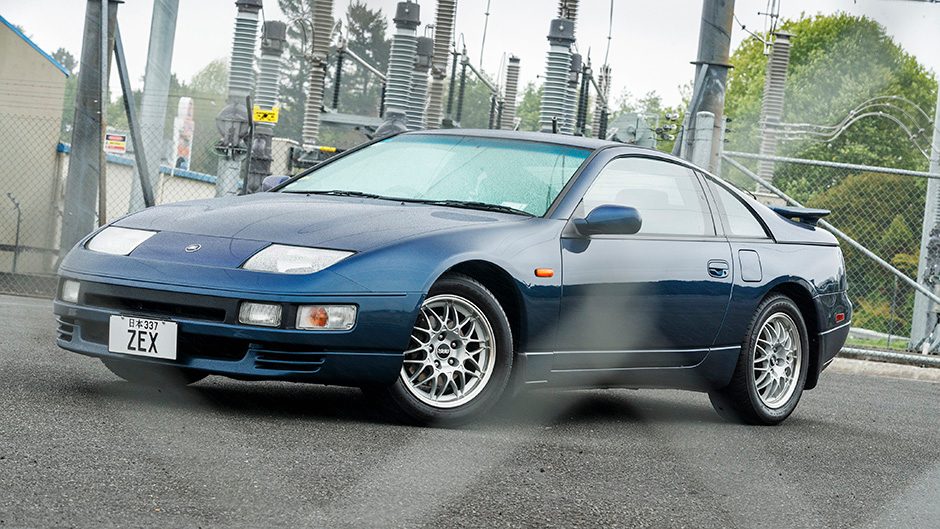
The steering is a little gooey around centre but the ZX then turns smartly with genuine nimbleness. Its gearbox has a nicely defined gate with a longish throw and it doesn’t require much muscle to work it around. The ride isn’t bad, a few rattles and shakes over the bumps, but the 300ZX feels wide, planted and stable, rotating quickly around the rear.
We like the simplicity of the interior, the HVAC controls sitting to the side of the binnacle. It’s atypical of a nineties Japanese machine with lots of dark grey plastic. The ZX seat is narrow for a snug fit, and while there is no adjustment at the wheel, the driving position is sweet. The V6 is reasonably tractable down low, but the character isn’t unplugged until you wind it on past 3500rpm, the twin turbos delivering the kind of onboost surge you just don’t get from today’s ‘always on’ turbo’d engines. It’s a V6 that sounds good too with a deep rumble from the sports exhaust, a dash of induction noise as the turbos spool and some mechanical lashing as the revs rise. The ABS still works, as one truck driver clearly didn’t see us, the system emitting its whirring noise as they did in the old days.
Let’s hope Nissan can recapture some of the old Z soul with its upcoming 400 model, which will see a return of boosted power for the sportster. The engineers could do well to take the 300ZX from the Nissan heritage collection for a spin so they can imbue the new with the old.


